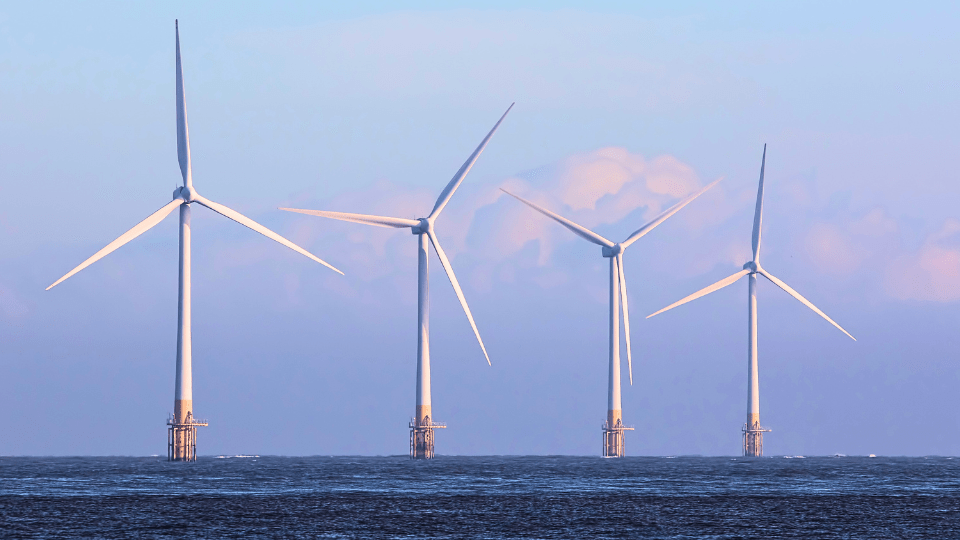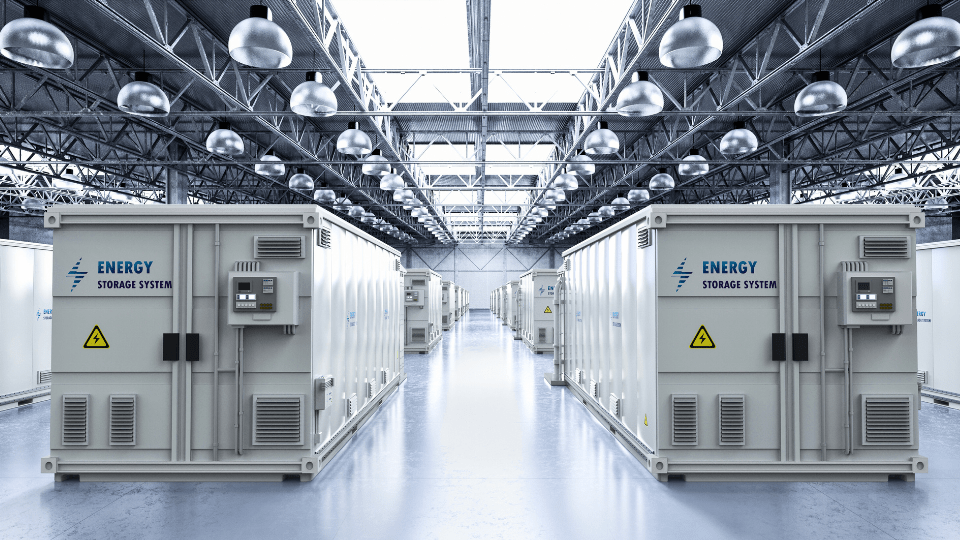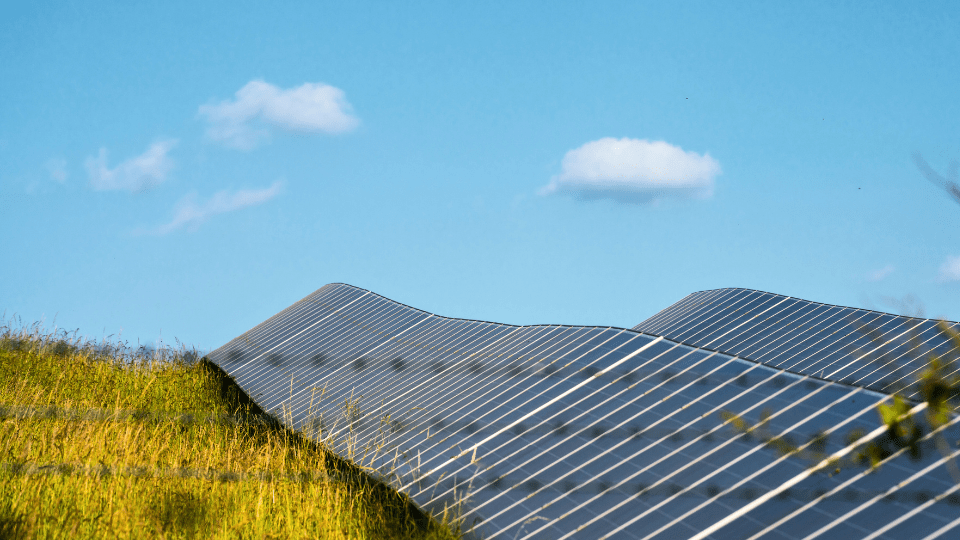Publication date: Nov 13, 2024
October 2024 Monthly Newsletter
Friends and Colleagues,
The beginning of autumn came with a change in the political environment. A new government was formed on 1 October, and the newly elected prime minister Ishiba is generally regarded as having a positive stance toward decarbonization and the introduction of renewable energy.
In this month’s newsletter, we highlight a new development for offshore wind in which the government has designated three new “preparation zones”. We also delve into the newly established public-private partnership fund for storage batteries, and lastly, we focus on government efforts to promote the introduction of perovskite solar cells.
Japan Designates Three New Offshore Wind Preparation Zones, Considers EEZ Extension

The Ministry of Economy, Trade and Industry (METI) and the Ministry of Land, Infrastructure, Transport and Tourism (MLIT) announced that three additional marine areas in Akita Prefecture and Wakayama Prefecture have been designated as “preparation zones” for offshore wind power generation. If these zones progress to the next phase, known as “promising zones,” they could be potentially designated as “promotion zones” under the Act on Renewable Energy Use of Sea Areas, which will become open for public tenders to select companies for renewable energy projects.
In addition, Japan is looking at expanding offshore wind power development to include the country’s Exclusive Economic Zone (EEZ) (approximately 370km from the shore). The proposed amendment to Japan’s Renewable Energy Sea Area Utilization Act has been discussed in the national diet, yet the bill is likely to be resubmitted due to the dissolving of the lower house parliament. October 2024 Monthly Newsletter: The Latest News In The Japanese Power Market
The current law only allows offshore wind installations within territorial waters (approximately 22 km from the shore), but the amendment sought to extend this to Japan’s EEZ, the sixth largest in the world, to increase renewable energy capacity.
Japan’s First Grid Battery Fund, Led by Itochu, Raises JPY8billion in Private Investment

Itochu Corporation announced that a dedicated fund, established in February 2024 to invest in grid-scale batteries connected to the general power grid, had raised over JPY8billion and officially started operations. The fund received JPY2billion from the Tokyo Metropolitan Government, along with capital from 10 major domestic companies, including Tokyu Land Corporation and Honda. This is the first fund in Japan specifically dedicated to grid battery development, and the goal is to develop grid batteries to address the issue of fluctuating power output from renewable energy.
The fund is managed by a joint venture between Itochu and Gore Street Capital (GSC), a leading UK-based fund-managing company specializing in grid-scale batteries. By combining Itochu’s extensive network of investment opportunities with GSC’s expertise in fund management, the two companies will oversee everything from selecting sites to designing and operating the systems, and share this knowledge with the investors to promote further development of battery storage solutions.
Itochu and GSC aim to establish the first battery storage facility (with less than 2 MW capacity) by FY2025.
Government to Use Subsidies to Promote the Commercialization of Perovskite Solar

METI’s public-private council aiming to promote the commercialization of perovskite solar cells presented an outline of a strategic plan to encourage their adoption by providing subsidies to users. Since perovskite solar cells are currently more expensive than traditional solar panels, the government intends to subsidize the price difference to promote their introduction. The support is planned to begin in FY2025, with further details to be finalized by then. The strategy aims to create a virtuous cycle by encouraging mass production and cost reduction, leading to further adoption. Additionally, the strategic plan includes establishing a production system for raw materials like iodine and promoting the development of international standards, aiming at overseas expansion.
Perovskite solar cells, which can be installed on building walls and other surfaces where it is difficult to install conventional panels, are seen as a key solution to expanding the adoption of renewable energy. Development efforts are also spreading among private companies, with Sekisui Chemical announcing its goal to commercialize the technology in 2025.
Thank you for reading.
If you’ve enjoyed this content, subscribe to our complimentary monthly newsletter. Get updates delivered straight to your inbox every month and stay informed about our latest offerings.
Sign up here today.
